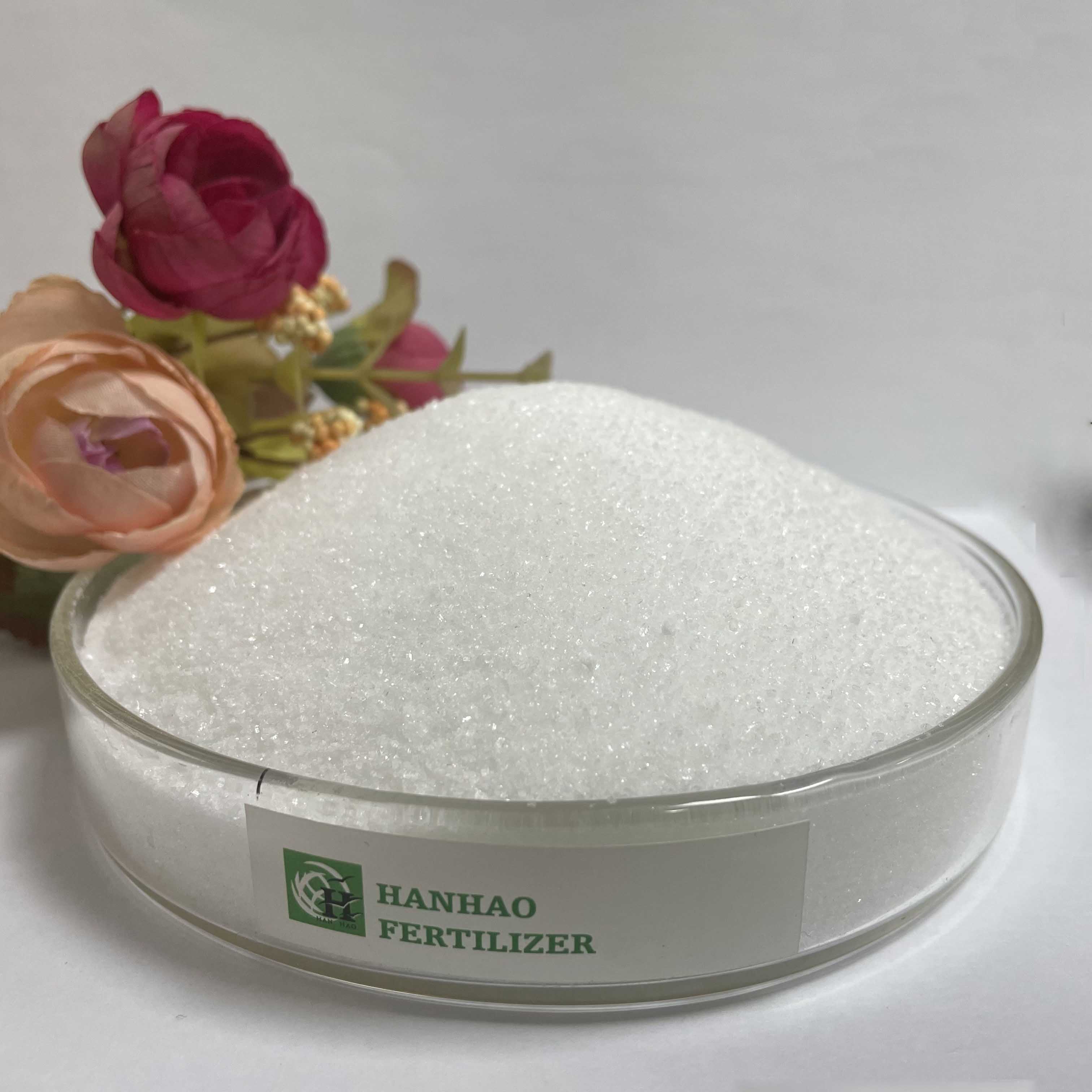
Dec . 23, 2024 16:41 Back to list
fertilizer urea 46-0-0
Understanding Urea Fertilizer The Benefits of 46-0-0
Urea fertilizer, specifically the formulation 46-0-0, is one of the most popular and widely used nitrogen fertilizers in agriculture. This designation indicates that the fertilizer contains 46% nitrogen (N), with no phosphorus (P) or potassium (K) content. As a highly concentrated nitrogen source, urea plays a critical role in promoting plant growth, enhancing yield, and optimizing farming practices.
The primary component of urea fertilizer is nitrogen, a vital nutrient required for various physiological processes in plants. Nitrogen is an essential part of amino acids, which are the building blocks of proteins. It is also a critical component of nucleic acids, which are necessary for DNA and RNA synthesis. Adequate nitrogen levels in soil can lead to robust plant growth by improving leaf development, enhancing chlorophyll production, and supporting overall plant metabolism.
Understanding Urea Fertilizer The Benefits of 46-0-0
Urea also has unique properties that can be advantageous in various agricultural settings. It is typically applied as a solid granule or through liquid solutions, giving farmers flexibility in application methods. Urea can be broadcasted, incorporated into the soil, or applied as a foliar spray when mixed with appropriate adjuvants. This versatility allows for tailored application strategies suited to different crops and soil conditions.
fertilizer urea 46-0-0

Additionally, urea undergoes a transformation in the soil, converting into ammonium and then into nitrate, which plants can readily absorb. This conversion process, however, relies on soil moisture and temperature conditions. Proper timing and application techniques are, therefore, essential to maximize nitrogen availability and minimize losses due to volatilization or leaching.
While urea fertilizer is highly effective, it is crucial for farmers to manage its application carefully to prevent environmental issues. Over-application can lead to nitrogen leaching into groundwater, contributing to water pollution and negatively impacting aquatic ecosystems. Furthermore, excessive nitrogen in soils can result in increased greenhouse gas emissions, particularly nitrous oxide. To mitigate these risks, implementing best management practices, such as soil testing, adhering to recommended application rates, and using nitrification inhibitors, can help maximize the benefits of urea while minimizing environmental impacts.
In terms of crop response, most plants benefit significantly from adequate nitrogen supplied in the form of urea. Crops like corn, wheat, and rice, which have high nitrogen requirements, often show substantial yield increases following urea applications. Additionally, healthy nitrogen levels can improve plant quality, leading to better nutritional value and marketability.
In conclusion, fertilizer urea 46-0-0 is a potent tool in modern agriculture, providing an essential nutrient that supports plant growth and productivity. Its high nitrogen content and versatility in application make it a favored choice among farmers. However, responsible use and adherence to agronomic practices are crucial to ensure that the benefits of urea fertilizer are realized sustainably. By balancing productivity and environmental stewardship, the agricultural sector can continue to thrive while preserving the ecosystem for future generations.
-
Premium Organic Manure Compost for Eco Gardens
NewsAug.01,2025
-
Organic 10-10-10 Fertilizer | Balanced Plant Nutrients
NewsJul.31,2025
-
Premium Amino Acid Fertilizer | Rapid Plant Growth Booster
NewsJul.31,2025
-
10 10 10 Fertilizer Organic—Balanced NPK for All Plants
NewsJul.30,2025
-
Premium 10 10 10 Fertilizer Organic for Balanced Plant Growth
NewsJul.29,2025
-
Premium 10 10 10 Fertilizer Organic for Balanced Plant Growth
NewsJul.29,2025
